Friday, April 7
schedule subject to change – check back for latest updates
12:00 – 12:30 PM – 320H Prentis Hall, Special Event
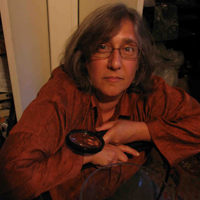
Liz Phillips
a history demo of eating as ritual with transducers
I have been using transducers and sound as a primary material in my art for 45 years. My plan is to set up an interactive demo on the discussion table with transducers playing back through food and drink for my part of the conference. I will talk about the history of tactile sensors and interactivity in the visual and sound arts. I will enter into a discussion of instrument making and aesthetic form – function objects. Improvisation and the ritual of eating together will engage the audience in the new materials and ideas.
12:30 – 1:30 PM – 320H Prentis Hall; Presentations: Transducer: history and use
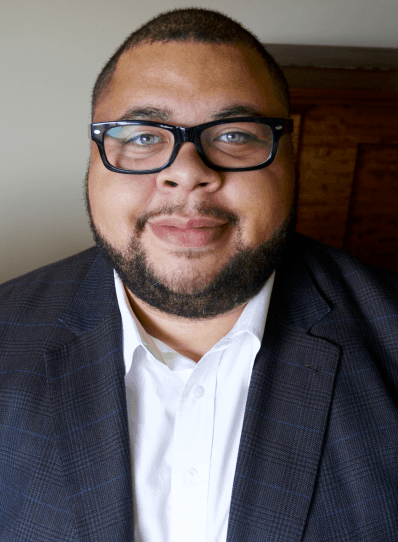 Whitney Slaten
Whitney Slaten
On the Poststructuralism of Loudspeakers: Transduction and the Digital Humanities
How do transducers analyze power? How do transducers critique digital audio? How do loudspeakers construct and deconstruct musical culture? This paper points critical attention to the perpetuation of modern ideology in media technologies and the complications of such ideologies through listening technologies and listening processes. My approach responds to two emergent scholarly movements: 1) digital humanities, with the need to specify technological processes of digital mediation, and 2) discourses about object oriented ontologies across the social sciences and the humanities. Addressing digital humanities and object oriented ontology, I consider the loudspeaker as a mechanism that functions in ways similar to poststructuralist research. Loudspeaker movements continually mediate modern technological structures of coded binary opposites in ways that resemble social scientific and humanistic scholars’ efforts to reveal the mediations of culture in the wake of the structuralist era. Structuralism and poststructuralism were two opposing paradigms of social and cultural research in the late 20th century. Similar to digital systems of the present, scholarly approaches to studying cultural mediation ruptured ideological constructions of binary opposition. After reviewing the basic tenants of structuralism, poststructuralism, as well as pulse code modulation systems associated to digital audio, poweramplifier design, and the transduction of loudspeaker drivers, I compare the mediality of loudspeaker motion to the post-binary opposition cultural mediation based work of contemporary social scientists and humanists. This work draws from current scholarship in sound studies, the history of science, anthropology, and discourses of ontology.
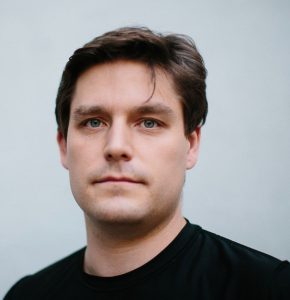 Spencer Topel
Spencer Topel
Plurality of Transduction in Modes of Sound and Actuation
Transduction is a key element in the propagation of vibration and sound waves in or through physical objects and environments. This talk examines ways in which surface transducers and other drivers can best be utilized in music and art practices. In particular, I will consider the ramifications of historical works, including David Tudor’s “Rainforest” series, in relation to contemporary issues involving acoustics, amplification, and speaker design. Finally, I will consider new directions in my own installation and instrument design research as it relates to modes of actuation in physical systems.
2:00 – 4:00PM 320H Prentis Hall; Presentations: Composing for Transducers
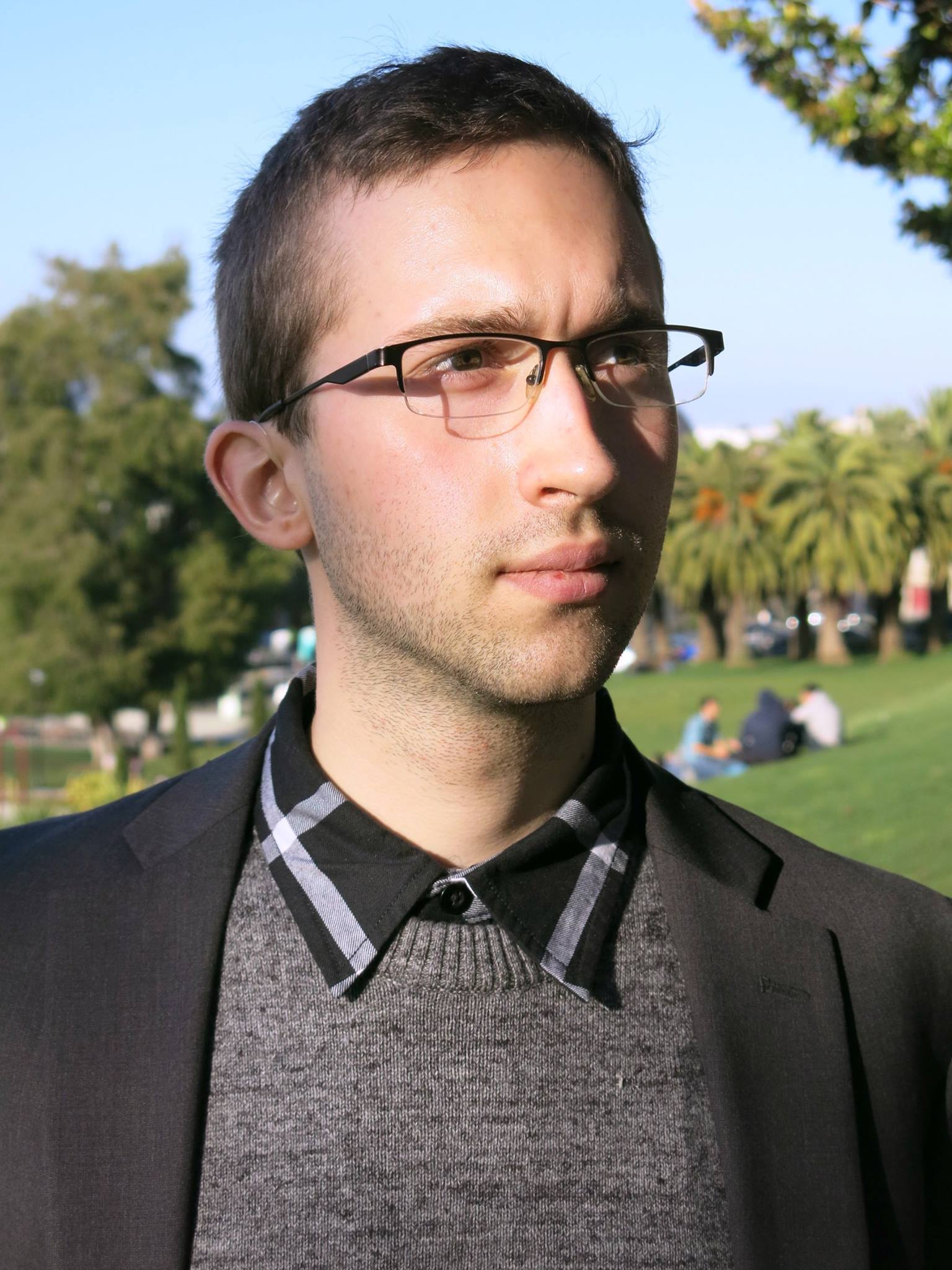
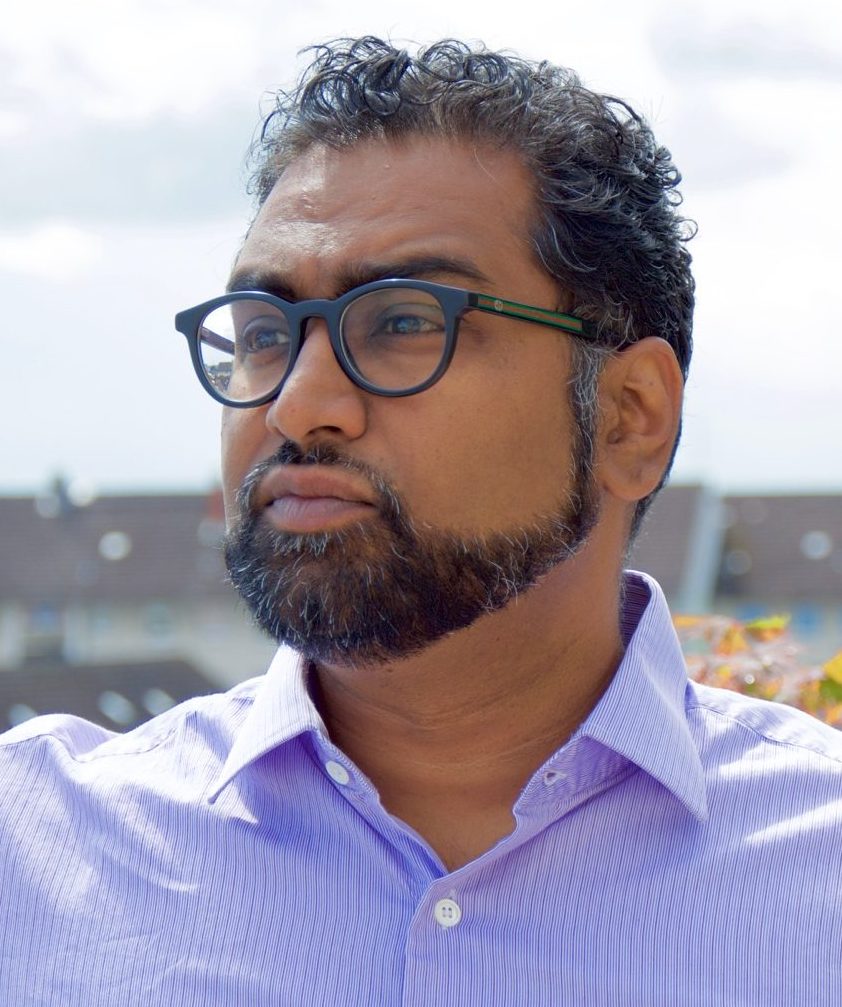 Jacob Kopcienski / Ravi Kittappa
Jacob Kopcienski / Ravi Kittappa
Evincing Re-Embodiement: Dual perspectives on a composition for modified saxophone
Ravi Kittappa’s KUBA (2015), a work for tenor saxophone, implanted speaker, and fixed electronic playback, represents an intriguing variation on this conference’s definition of re-embodied sound. With a speaker implanted in the bell of the saxophone, the performer’s playing of this modified instrument adds an additional layer of complexity that contributes significant instability and unpredictability in this re-embodied system. The unstable nature of the player’s own contribution to the system recursively confronts the performer’s embodied and situated processes with the instrument.
This collaborative presentation by the composer and saxophonist Jacob Kopcienski will explore the various features of the work, its composition, performance, and diffusion. Kittappa will offer insights into the compositional and research processes which led to its realization, specifically, how the interaction between performer, the sounds emitted from the implanted speaker, and the saxophone influenced the aesthetic possibilities and compositional strategies (form, control, and a non-notated method of diffusion). Kopcienski will detail his experience in learning and performing the work, particularly, his physical, situated, and embodied cognitive interactions with the instrument.
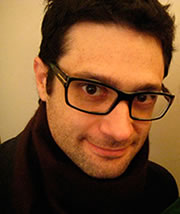 Rama Gottfried
Rama Gottfried
Flint, Spark and Apophänie: Experimental animism and puppetry in the recent works of Rama Gottfried
In this presentation, Rama Gottfried introduces the aesthetic and technical aspects of his recent works using physical-digital instrumental systems to create pseudo-biological, lifelike behaviors in seemingly inanimate objects. Topics include: controlled feedback systems, tactile transducer-based instruments, mechatronics, spatial audio, choreography, notation of spatial movement, and a new work for video puppetry instrument, where instrumentalists perform with microscopy inspired puppet objects to create sound via realtime video capture and computer vision algorithms. Questions of objecthood and environmental agency are explored through an experimental animism seeking to heighten awareness and empathy.
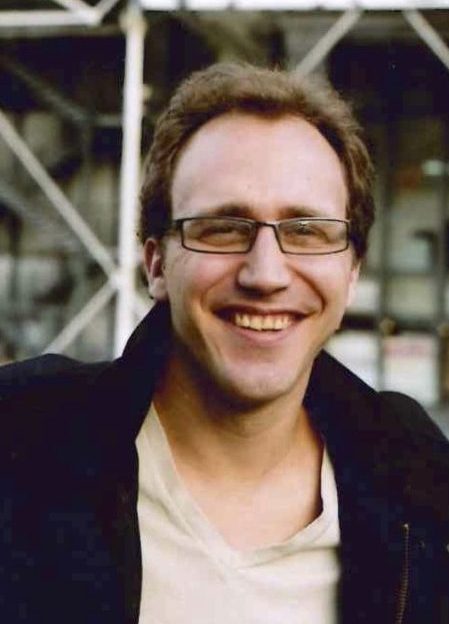 David Coll
David Coll
Resisting Content: Reflections on ten years of work with reembodied media
Transducers allow sonic digital media to ‘originate’ from a resonant object as a form of content that requires a level of interpretation not seen with traditional loudspeakers. This notion of content is manifest more as conceptual or aesthetic, depending its creators artistic choices. Reembodiment thus results from the intersection of the quality of the digital media, the quality of the physical object, and the way in which these two coexist. When any sound may originate from any given object, how might we find emerging practices that reveal our ‘thing’ in ways that go beyond its material limitations? This talk will explore these ideas, as well as present examples of Coll’s work that demonstrate these concerns.
2:00 – 3:30 PM 622 Dodge Hall; Special Presentation in conjunction with the Department of Historical Musicology
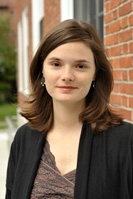
Emily Dolan
The Birth of Music’s Technological Past
For most of the history of Western Art music, musicians and composers worked with new technologies: older instruments were routinely updated to meet changing needs, while many composers took a keen interest in the latest musical inventions. Questions of innovation have been a frequent theme in the organological and STS literatures, in which scholars have examined the motivation behind the creation of new instruments and the processes by which they enter mainstream use. But the very idea of innovation itself has a history, and we must ask when it became both meaningful and important to differentiate newly invented instruments—as well as those tending toward obsolescence—from other instruments. This talk explores the shifts in the nineteenth century that produced the modern landscape of the instrumentarium, one that includes a central canon of instruments, surrounded by more marginal objects that suggest experimental futures and bygone pasts.
4:15 – 5:30 PM 320H Prentis Hall; Discussion Panel: Gender Representation in Music and Sound Art
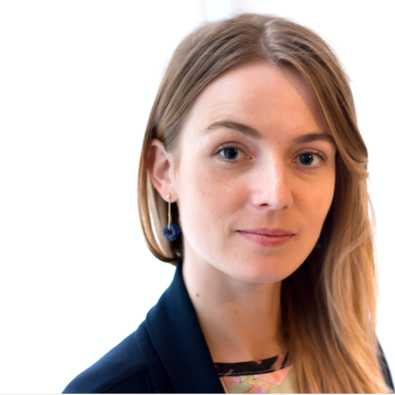
Lucie Vágnerová Panel moderator
Panel Members:
David Coll
Rachel Devorah
Miya Masaoka
Saturday, April 8
9:30 – 11:30 PM 320H Prentis Hall; Presentations: Aesthetics and Reembodied Sound
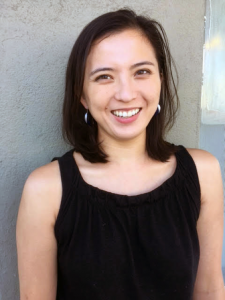
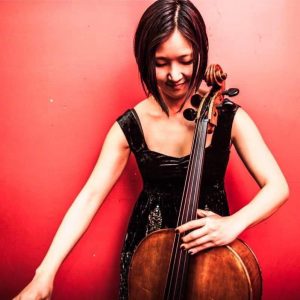 Ursula Kwong-Brown & Amy Kang
Ursula Kwong-Brown & Amy Kang
Chromatic Counterpoint: an immersive exploration of sound and color
This collaborative presentation with painter & cellist Amy Kang and composer Ursula Kwong-Brown will explore color and vibration translational adaptations of Prelude of Bach’s Cello suite #1. Influenced by Sir Isaac Newton’s 1704 treatise “Opticks: Or, a Treatise of the Reflexions, Refractions, Inflexions and Colours of Light,” in which he proposes a correlation between sound frequencies and light spectrum, Amy has explored systems of color-coding in which each pitch is assigned a particular color, and each note is represented by a single stroke on a large grid-like surface. The resultant works give a pictorial summary of the music, in which the well-known Bach prelude is translated into a kind of cryptic geometry. Inspired by these paintings, Ursula worked with Amy to find a medium on which the paintings themselves could play the Bach preludes. After experimenting with placing transducers on canvas, wood, and metal, they found the metal sheets to be the most evocative and designed a hexagonal structure that would support hanging sheets on five sides with one side left open as an entrance. The viewer would stand inside the installation, surrounded by the five sheets and press buttons to hear three different recordings: 1) the original Bach prelude, spatially divided so that the bass, middle and treble notes of a chord sounded from separate surfaces, 2) an extremely slowed-down version of the Bach prelude in which each note is played by all the various surfaces with different drones, and 3) an improvisation on the Bach prelude in which each distinct color within Amy’s painting serves as a source of energetic, motivic and registral inspiration.
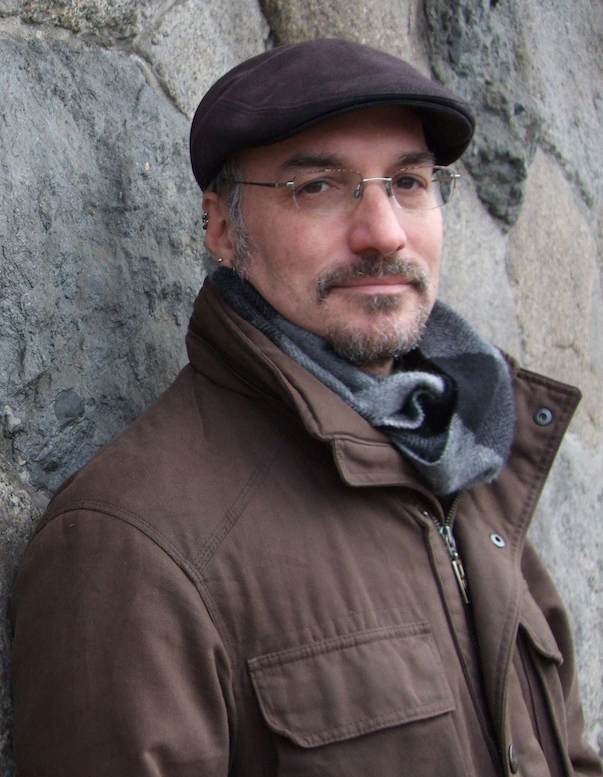 Matthew Goodheart
Matthew Goodheart
Toward a Poetics of Reembodied Sound
The physical and design differences between loudspeakers and surface transducers are minimal. Yet each technology represents a fundamentally different approach or orientation toward sound reproduction and production. How do these differences play out when addressing aesthetic, creative, and critical concerns? This talk explores the differences and similarities drawn from both technical applications and their surrounding discourses, in the process laying the foundation for a larger framework in which both creative praxis and critical discourse can take root.
Evelyn Ficarra 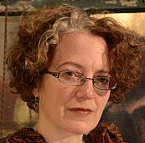
Disembodied / Re-embodied: The Sound Object in Theatrical and Installation Contexts
The term ‘sound object’ – or, as some prefer, ‘listening object’ is scrutinized briefly – is a sound an experience or a thing? Is recorded sound more ‘thing-like’ than acoustic sound – because it’s been captured, and is repeatable – or less ‘thing-like’ – because it’s disembodied, separate from its source? What is the effect of calling attention to the shape, location and identity of the ‘thing’ through which the sound is played back? Audio speakers, in classic electroacoustic music, are there to be heard not seen, so what happens when we make sculptural or theatrical objects out of them? How does this change how we hear and understand the sounds, and what new relationships are created? This talk focuses on the ‘sound object’ from three different angles: (a) a physical object that makes sound (through interaction with a human or mechanical force) (b) a recording of the sound, (disembodied) and (c) the re-embodiment of that sound during playback through a speaker, making the argument that listening is context dependent, and that re-emphasizing the physicality and visual presence of the sound object changes listening itself into a multi-sensory experience.
Noon – 320H Prentis Hall
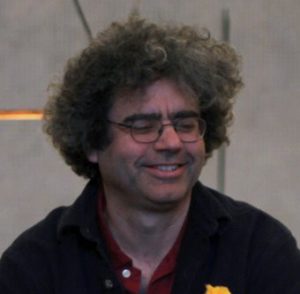 Adrian Freed – Keynote Address
Adrian Freed – Keynote Address
2:oo – 3:30PM 320H Prentis Hall; Discussion Panel: Reembodied Sound: embodiment in aesthetics, community, and pedagogy
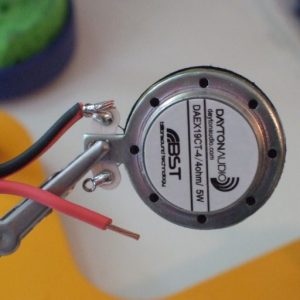 Adrian Freed: Panel moderator
Adrian Freed: Panel moderator
Panel Members:
Evelyn Ficarra
Liz Phillips
Jess Rowland
Spencer Topel
4:00 – 6:00 PM 320H Prentis Hall; Presentaions: Transducers in practice
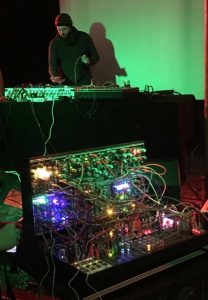 Travis Johns
Travis Johns
Annotated Songs for Amplified Water: A Synopsis of Three Performances of Transducer-Driven Hydrography
In this paper, I will discuss three performances conducted from 2011-2014 that focused on rendering the amplified movement of water into visual art prints by way of custom-built, transducer-driven electromechanical arrays. Designed to directly translate the vibrations of water movement to ink on paper without digital or computer-aided intervention, the first of these performances took place on an island in the middle of the Delaware River near Narrowsburg, NY in August 2011, shortly before Hurricane Irene devastated the region. Battling torrential rain, a leaking boat and an erratic array made only more erratic by the addition of several layers of plastic intended to keep it dry, three prints were pulled and the seed was planted for additional explorations into this process. Three years later, two additional performances were realized – one in the Tusher African Hall of the California Academy of Sciences in San Francisco, Ca., and another in an abandoned gun turret at Battery Townsley in the Marin Headlands north of San Francisco three weeks later. Examining the performances individually as well as collectively, I will discuss the merits and setbacks of each, both with regard to technical and aesthetic considerations, as well as provide a narrative for the evolution of the piece between performances. I will also discuss the construction of each of the arrays and reflect on potential directions for the continuation of this process.
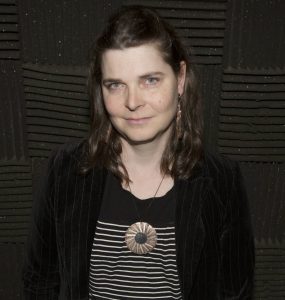 Jess Rowland
Jess Rowland
Flexible Embedded Audio Circuitry: A Sound Art Practice
The physics of transduction allows for an abundance of sound making possibilities. At its basic level we can ask: How can we make material that is sound itself, rather than material that just tangentially contains sound? This presentation explores an art practice that focuses on reconsidering embodied sound through the development of flat flexible circuitry such as that used to create paper speakers. Thin copper and aluminum foils (and some basic fabrication techniques) can be used to create audio circuitry for embedded sound. In conjunction with permanent magnets embedded into material, this foil circuitry can generate sound using the same physics as traditional speakers. Importantly, this reconsideration of audio technology means we can question and challenge current aesthetics of consumer sound. Design considerations allow for multiple forms of magnetic interaction that can incorporate gesture and interaction into sound generation in a direct, non-sensor mediated experience. By developing these forms of audio circuitry, interactive possibilities and wearable designs can take on new dimensions. One important outcome of such explorations provides possibilities for reconsidering how the visual and the auditory can recombine. In this practice, we can re-place Graphic Scores into a new interactive category, and re-consider visual art as an outcome of sound practices. The presentation will include demonstrations of stereo audio-speaker earrings, necklaces, and other embedded flexible foil speakers. Along with a basic explanation, description, and recipes for building embedded audio speakers, we will also discuss possible future directions for research and embedded sound art practice using these techniques.
Ezra Teboul 
Quiet, competing rhythms through intermodulating feedback loops
This is a demonstration of a live electronic music performance and composition system based around the use of heavy-duty, battery-powered transducers. As the sound only ever comes through these transducers, as powerful as they are, this remains an exercise in contained volume and focused perception. The system itself is inspired by Tudor’s use of intermodulating feedback loops, in which bidirectional passive elements are combined with traditional audio electronics to form a semi-chaotic, generative performance system. The sound sources here are a combination of small drum machines and bass synthesizers which are wired through two fairly traditional feedback paths using a mixer: one loop of extremely heavy distortion (which effectively acts as a compressor) and delay (which helps shape feedback over time). The only output of the system is a pair of heavy duty, battery-powered transducers, with the suitcase used to transport this equipment used as a resonator. This is where additional feedback loops are implemented using additional channels on the mixer: two piezos form two physical feedback loops with the transducers, while two electromagnetic pickups form radio-signal loops using the EM signals produced by the system itself. Following Tudor’s example in Rainforest, the physical feedback loops use found objects as filters, and the unique EM field contained in each space both create context-specific timbres. Through the distortion circuits, each signal competes with the other, with only the most energetic signal coming through the transducers before being fed back through the multiple loops. Using the system becomes an experiment in subtly controlling parameters as they enter and exit chaotic behavior.
